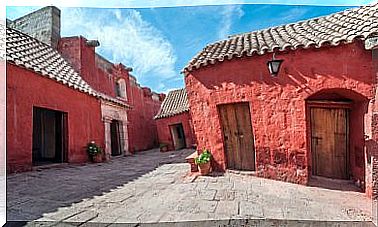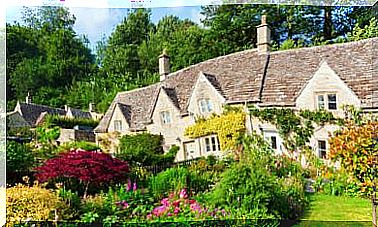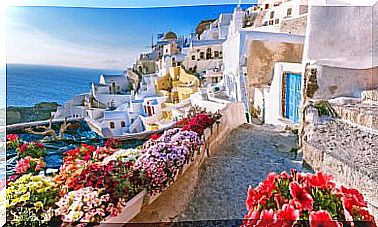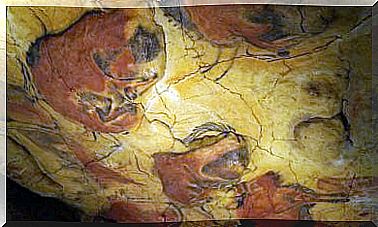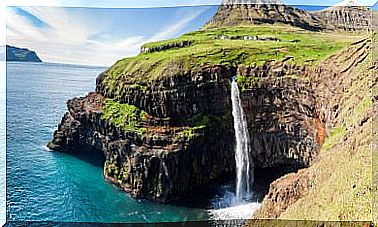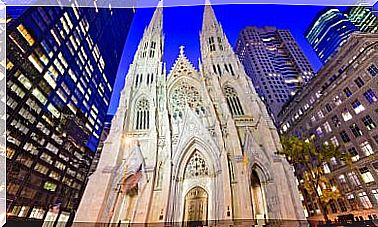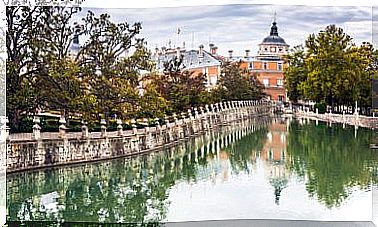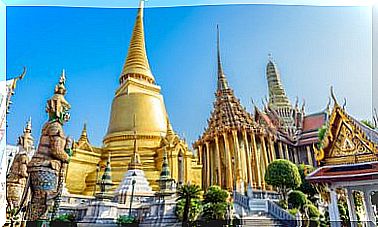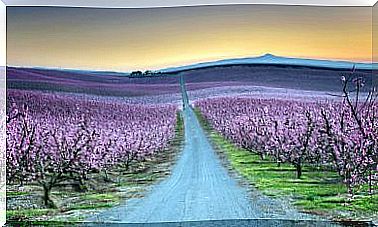The Romantic Pena Palace In Portugal
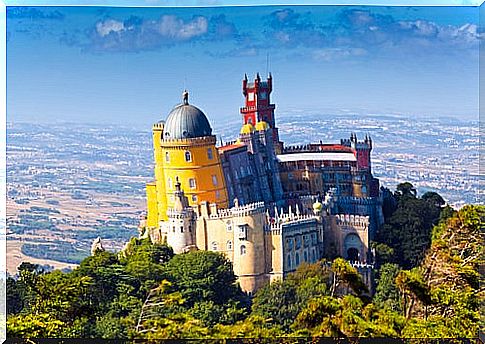
Today we are going to visit the Pena Palace, which is located in the town of Sintra, very close to the capital of Portugal, Lisbon. This historical monument built in the 19th century is considered today as a very romantic space. You want to know why? Well, join us on this wonderful journey.
The Palace of Pena
The Pena Palace, also known as the Palacio Nacional da Pena, was built in the 19th century to become one of the residences of the royal family of Portugal. However, with the passage of time, it has been transformed into a historical monument that symbolizes the most beautiful romantic style, becoming a World Heritage Site in 1995 thanks to Unesco.
The peculiar architecture of the Pena Palace
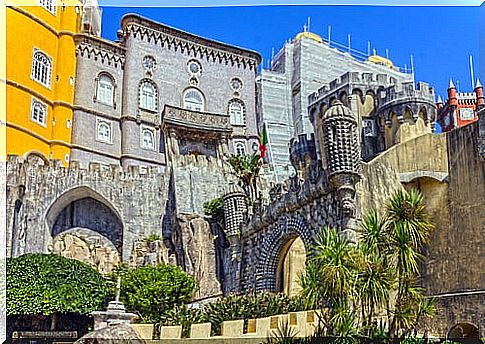
The peculiar architecture of the Pena Palace is especially striking for visitors. The place is probably one of the most eclectic historical buildings that exist today, given the enormous number of styles that are given in its construction.
Since the Pena Palace has had to be rebuilt, the number of styles in its construction is even higher. Thus, it is not strange to find different rooms and halls with Mudejar atmospheres, which contrast with Gothic towers, properly typical Portuguese tiles, romantic touches and even Baroque furniture.
History of the Pena Palace
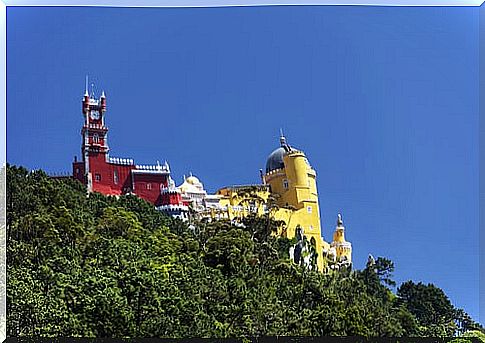
Why is the Pena Palace considered one of the most romantic places in Portugal? Without a doubt, its history has had a lot to do with it. Thanks to the events that took place there, which we are going to relate below, it has become a pilgrimage building for couples in love.
The place is located in a place that is not easily accessible, so it is not strange to think that it was once a monastery inhabited by Hieronymite friars. In general, religious orders located their buildings in isolated areas to be able to dedicate themselves to their two great needs, prayer and work, through those who sought their conjunction with God.
Once the Hieronymite friars moved their residence to Belem, a beautiful Lisbon neighborhood, the then King of Portugal, Ferdinand II, decided to acquire the ruins of the monastery, almost completely demolished as a result of an earthquake.
As you can imagine, Ferdinand II had a palace built there, although the chapel is still preserved, which did survive the 1755 earthquake and was respected by the architects. However, this building would be a gift for his beloved wife, Maria II.
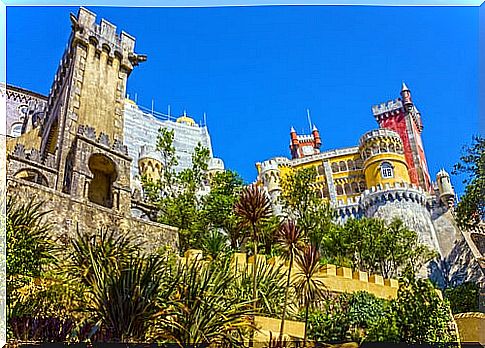
Ludwig Von Eschewege, a German architect, was in charge of leading the team that built the wonderful Pena Palace, an impressive gift for Maria II, who saw how the love of her king was translated into the most romantic building in Portugal, and not only because of the architectural style, but because of everything that place meant, the fruit of the love between the two monarchs.
The Pena Palace remained the summer residence of the kings of Portugal until the royal family was forced into exile, between the late 19th and early 20th centuries. In 1910, already being administered by the State, it was opened to the public, who can still visit it today and marvel at the eclectic and beautiful architecture of the place.
Ferdinand II’s love for Sintra
In addition, the fact that the architect of the Pena Palace was German, and that it rose in Sintra, was not accidental either. It came as a result of the great love that Ferdinand II, of German origin, felt for this area of Portugal once he had known it.
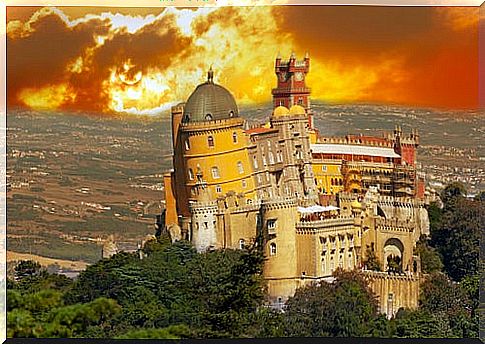
On an excursion to Sintra by Fernando II and María II of Portugal, both fell in love with that area. Upon observing what was once a collapsed Monastery of the Order of San Jerónimo, which only conserved its beautiful chapel, they decided to build the Palace of Pena, in 1836.
Although rebuilding the monastery was not easy, the kings were determined and, finally, they managed to build a spectacular place, with touches from all over the world, from Neo-Islamic styles, to Neo-Gothic, Neo-Renaissance and Manuelian. An exotic place surrounded by lush and spectacular vegetation in one of the most impressive gardens on the planet.
